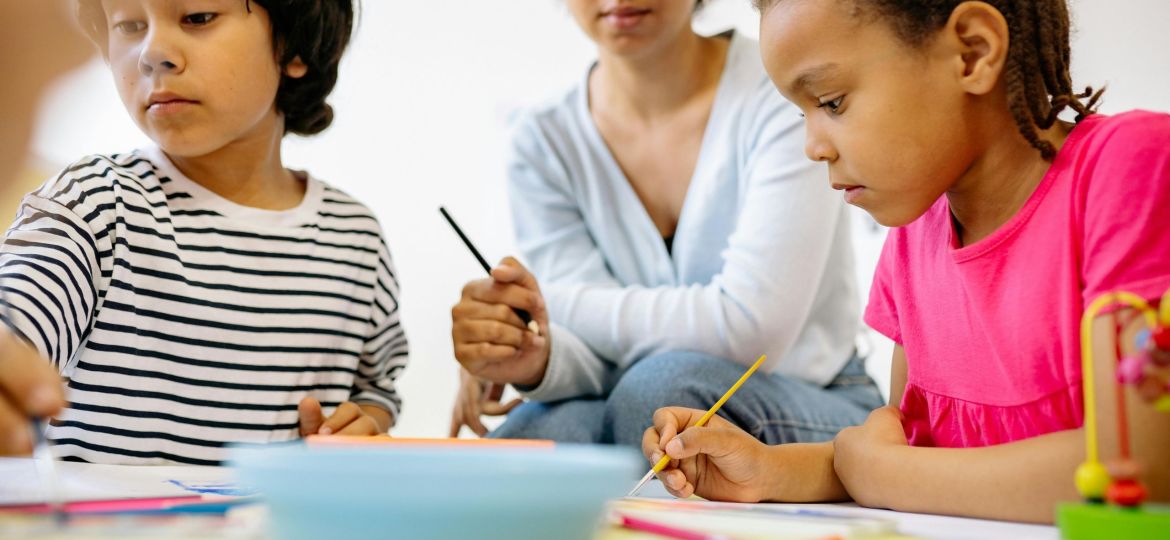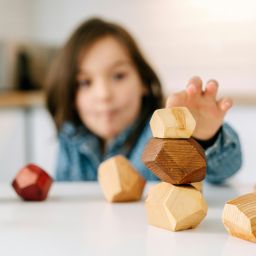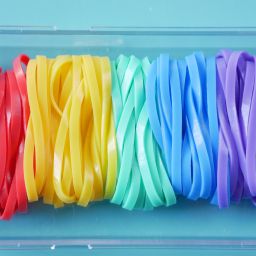
FH Summary: Habits formed in childhood play a critical role in shaping a child’s long-term development, influencing both their behavior and success. By understanding the habit loop – cue, craving, response, and reward – parents can guide their children in developing positive habits while breaking bad ones. Focusing on the process of habit formation rather than specific goals sets the foundation for children to build lifelong habits that lead to happiness and success.
As parents, we’ve all experienced moments where we wished we could go back and swap out bad habits for better ones. Whether it’s procrastination, unhealthy eating, or inconsistent routines, habits shape our lives in ways we don’t always realize. This truth also applies to the habits we teach our children – starting from the earliest stages of their development. By understanding how habits are formed and how to guide children through the habit loop, we can set them on a positive path toward long-term well-being.
The Power of Habits: Good vs. Bad
Everyone has habits, and many are formed without us even realizing it. In fact, some of the habits we’ve picked up may not be ideal, such as poor sleeping patterns or reactive behaviors. These habits often go unnoticed until they start affecting our lives. The same can happen for children. Habits like nasal breathing instead of mouth breathing, while often overlooked, can have significant and lasting impacts on overall health and happiness.
Research has shown that certain habits, particularly those formed early in life, have the potential to create profound effects on a child’s development. While bad habits can be corrected over time, setting up positive habits early can give children the foundation they need to succeed in all areas of life – physically, emotionally, and cognitively.
Exploring the Habit Loop: Cue, Routine, and Reward
So, how do we create these positive habits in children? To understand this, we can look at the habit loop – a concept introduced by Charles Duhigg in his book The Power of Habit. The habit loop consists of three key elements:
§ Cue: A trigger that starts the behavior.
§ Routine: The behavior or habit itself.
§ Reward: The positive outcome that reinforces the habit.
For example, imagine your child feeling tired after a day of school (the cue). They might automatically reach for the TV remote to unwind (the routine), and the feeling of relaxation (the reward) makes them more likely to repeat this behavior the next day.
This loop explains why habits are so powerful and difficult to break – they become self-reinforcing. The brain starts to crave the reward, making the habit more ingrained over time. Understanding this process allows parents to shape and adjust their children’s routines by introducing better cues and rewards to encourage healthier behaviors.
Building Positive First Habits in Children
Now that we know how habits form, the next step is guiding children to create positive habits that benefit their development. James Clear’s book, Atomic Habits, expands on the habit loop by adding an additional element – craving – which plays a significant role in habit formation. Clear outlines a simple framework for creating positive habits, which can be particularly helpful for parents:
§ Cue: Make it obvious. For example, if you want your child to read every day, leave books in a visible and accessible place.
§ Craving: Make it attractive. Engage your child by ensuring that the habit is enjoyable and that they have everything they need to feel comfortable.
§ Routine: Make it easy. Remove obstacles that could discourage the habit. For instance, choose books at the right reading level to avoid frustration.
§ Reward: Make it satisfying. After completing the habit, offer a reward, like praise or acknowledgment, to reinforce the behavior.
This process can apply to any type of habit you want your child to develop, whether it’s brushing their teeth regularly, maintaining a tidy room, or practicing mindfulness.
Breaking Bad Habits
Just as important as creating good habits is learning how to break bad ones. Clear also provides strategies for this, offering inversions of the laws of habit formation:
§ Cue: Make it invisible. If your child is spending too much time on devices, keep screens out of sight during designated times.
§ Craving: Make it unattractive. Explain the downsides of bad habits to discourage their appeal.
§ Routine: Make it difficult. Introduce barriers to engaging in the bad habit.
§ Reward: Make it unsatisfying. Remove positive reinforcements for bad behavior.
By implementing these strategies, parents can help their children break free from negative habits while reinforcing new, positive ones.
Conclusion: The Long-Term Impact of Habits on Child Development
In the long run, focusing on the process of habit formation rather than specific goals is more beneficial for children. Habits are the repeatable behaviors that define who we are, and they will shape whether your child’s future is on an upward or downward trajectory. By understanding the habit loop and applying the laws of habit formation, you can guide your child toward habits that support their long-term happiness and success.
As parents, we have the unique opportunity to influence our children’s habits during the most formative years of their lives. Using the strategies outlined here, you can help them develop positive, lasting habits that will serve them well into adulthood.
















